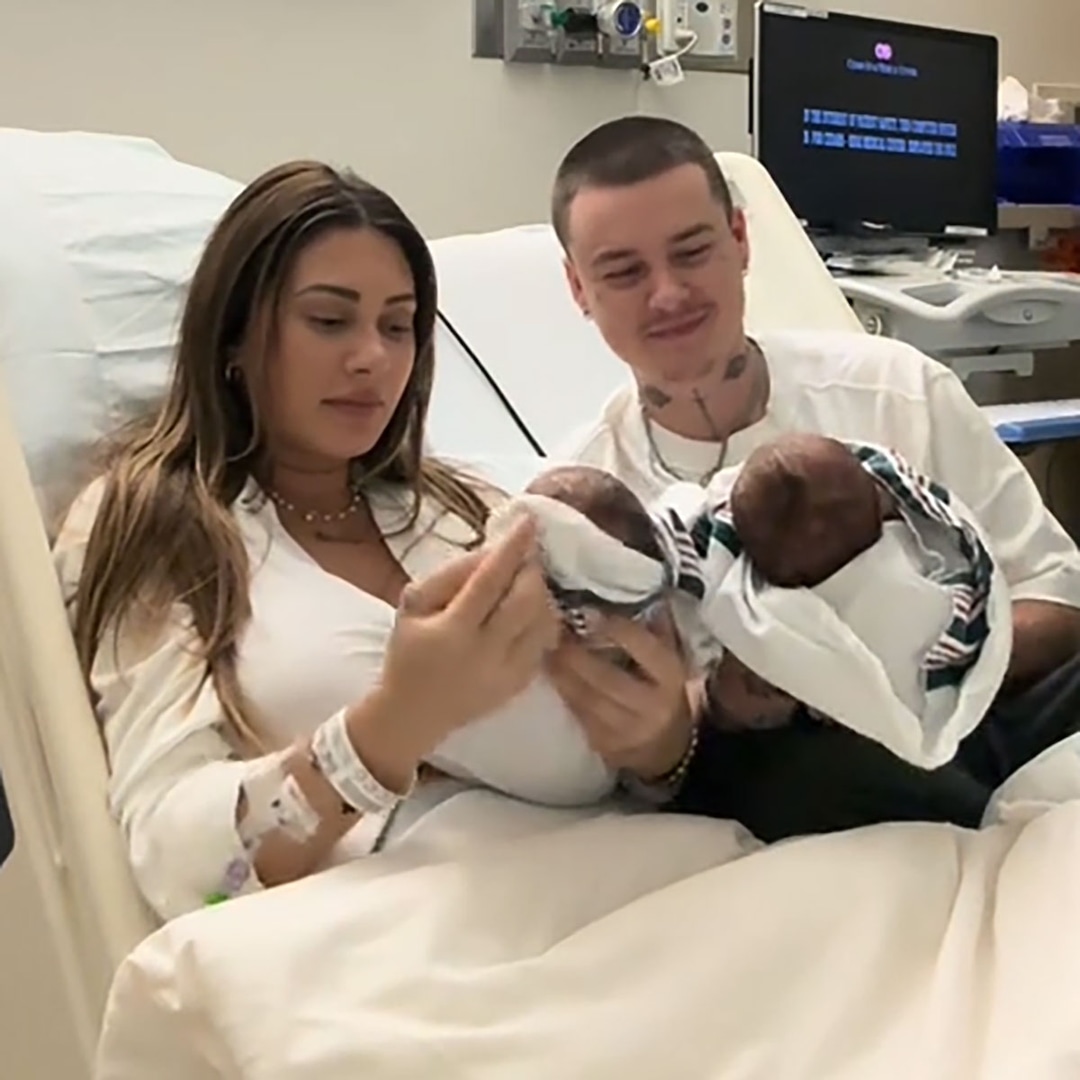The wedding of Chaitanya Sharma and Abhishek Ray made the newspapers.
The wedding of Chaitanya Sharma and Abhishek Ray made the newspapers. Not because they’re famous (they aren’t), or because anything had gone awry (it hadn’t).
Their union became a local news event because they’re both men, insistent on cementing their relationship with all the fanfare of a traditional marriage ceremony, even though their vows aren’t legally recognized in the country.
“If we are celebrating our togetherness then it should be in the same way that any other heterosexual couple does,” said Sharma, who surprised Ray with a proposal during a trip to the Taj Mahal. “We decided to go for a full-fledged wedding with all the customs and ceremonies like Haldi, Sangeet, and Mehendi and not just a commitment ceremony.”
Supreme Court is hearing arguments in a case to legalise same-sex marriage, and a decision is likely this year. But since the court effectively decriminalized homosexuality in 2018, a growing group of gay and lesbian Indian couples have embraced – and reinvented – the country’s elaborate wedding ceremonies and traditions.
Because there’s no legal record of same-sex weddings in India, it’s impossible to say exactly how many couples have decided to marry. It’s certainly a tiny fraction of the millions of lavish ceremonies each year, driving more than 17 trillion rupees ($210 billion) in revenue, according to industry estimates, and the market for gold, a traditional wedding gift.
In a country of 1.4 billion people, more than 22 official languages and more than a half-dozen religious traditions, there’s no single definition of “an Indian wedding.” A majority of the Hindus often celebrate with multiple ceremonies, meals and parties that can span the better part of a week and include hundreds of guests.
“There’s honestly no limit to the spending potential in India,” said Tina Tharwani, a co-founder of Shaadi Squad, a small wedding planning boutique based in Mumbai that plans about ten high-end weddings a year, at costs ranging from 20 million to 150 million rupees.
Even with an urban, millennial clientele, Tharwani says, same-sex weddings have traditionally been taboo. “It’s incredibly nice to see that there is at least some form of change here.”
New, LGBTQ-focused “matrimonial apps” – matchmaking services for the more commitment-oriented – have also flourished since the 2018 ruling. In the fall, the Indian megasite Matrimony.com started an LGBTQ offshoot called RainbowLuv. Chief Marketing Officer Arjun Bhatia says it now has close to 100,000 members. A similar but smaller app, Umeed, from the Hindi word for “hope,” started four years ago.
“It’s not like gay marriages were not taking place earlier, but they were few and not widely known,” says Sameer Sreejesh, the founder of Umeed. “But, after the decriminalization of Section 377 in 2018, more people from the LGBTQ community have come out in the open wanting to search for their long-term partner or spouse.”
Not every priest is willing to officiate for a gay or lesbian couple. Sharma and Ray said they contacted about ten different priests before they found one willing to lead their wedding, with the full slate of customary ceremonies, for a same-sex couple.
Through a friend, Sougata Basu and Mayank Kalra found a “cool and progressive priest” who strongly encouraged them to have all the traditional customs and rituals at their wedding. So they both wore elaborate henna designs – historically for brides – on their hands. When they walked around the holy fire, a symbol of the promise they made to each other, they took turns, one leading the other.
“We were sure of what we are to each other and what our relationship means, and with support from our family and friends, there was no reason for us to not get married,” Basu said. “Having a social wedding ceremony is not illegal.”
In Kolkata, Sharma and Ray also adapted their Bengali and Marwari traditions. When, in a heterosexual wedding, the groom would paint vermillion on the bride’s forehead, Sharma and Ray dabbed each other with the symbolic kumkum. “We had all the customs we could possibly have, except those that are specifically meant for brides,” Sharma said.
For a Gujarati Jain couple living in Texas, Vaibhav Jain and Parag Mehta redesigned the baraat, a customary wedding procession that, traditionally, a groom would lead to his bride’s house on their wedding day. Mehta and Jain each led their own contingents to the venue. They also reworded the customary kanya-daan, the giving-away of the bride, to var-daan, the giving-away of the groom.
“Both of our parents did var-daan and gave each of us away,” Jain said. “Vardaan in Hindi also means blessing and this is what it was.”
Many LGBTQ Indians still don’t live openly or have the blessings of their families; same-sex relationships are particularly taboo in rural areas, and the government oppose same-sex marriage.
Still, the 2018 ruling has encouraged even couples without community support to celebrate their commitments. Indranil Das and Eken Bose exchanged rings at a temple and held a small promise ceremony, where they exchanged garlands and ate cake. Some of their family members refused to participate.
“If the court case goes in our favor, then there may be more acceptance for LGBTQ marriages and from our family for our marriage,” Das said, adding that he and Bose “will be the first couple in Kolkata to go get our marriage registered.”
Other couples said that their weddings had become symbolic in their communities. Shortly after their wedding in the US, Jain and Mehta did interviews with Hindi media outlets in India, and soon the couple began receiving messages from LGBTQ youth in India asking for guidance and support in coming out.
In spite of the attention and response, Mehta said, “What we did was nothing extraordinary. We are just two people who fell in love and got married, and that is one of the most human and natural things one can do.”






